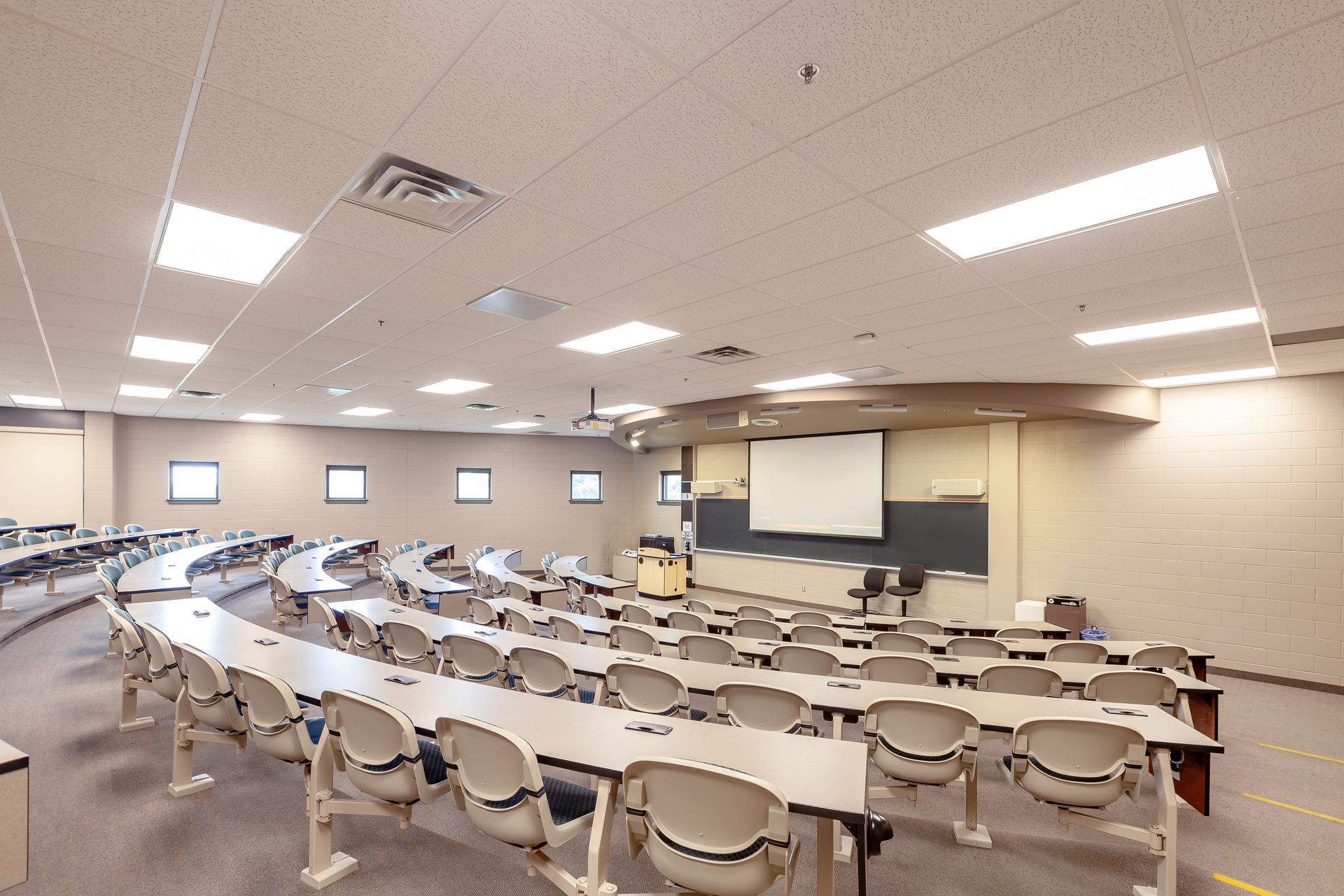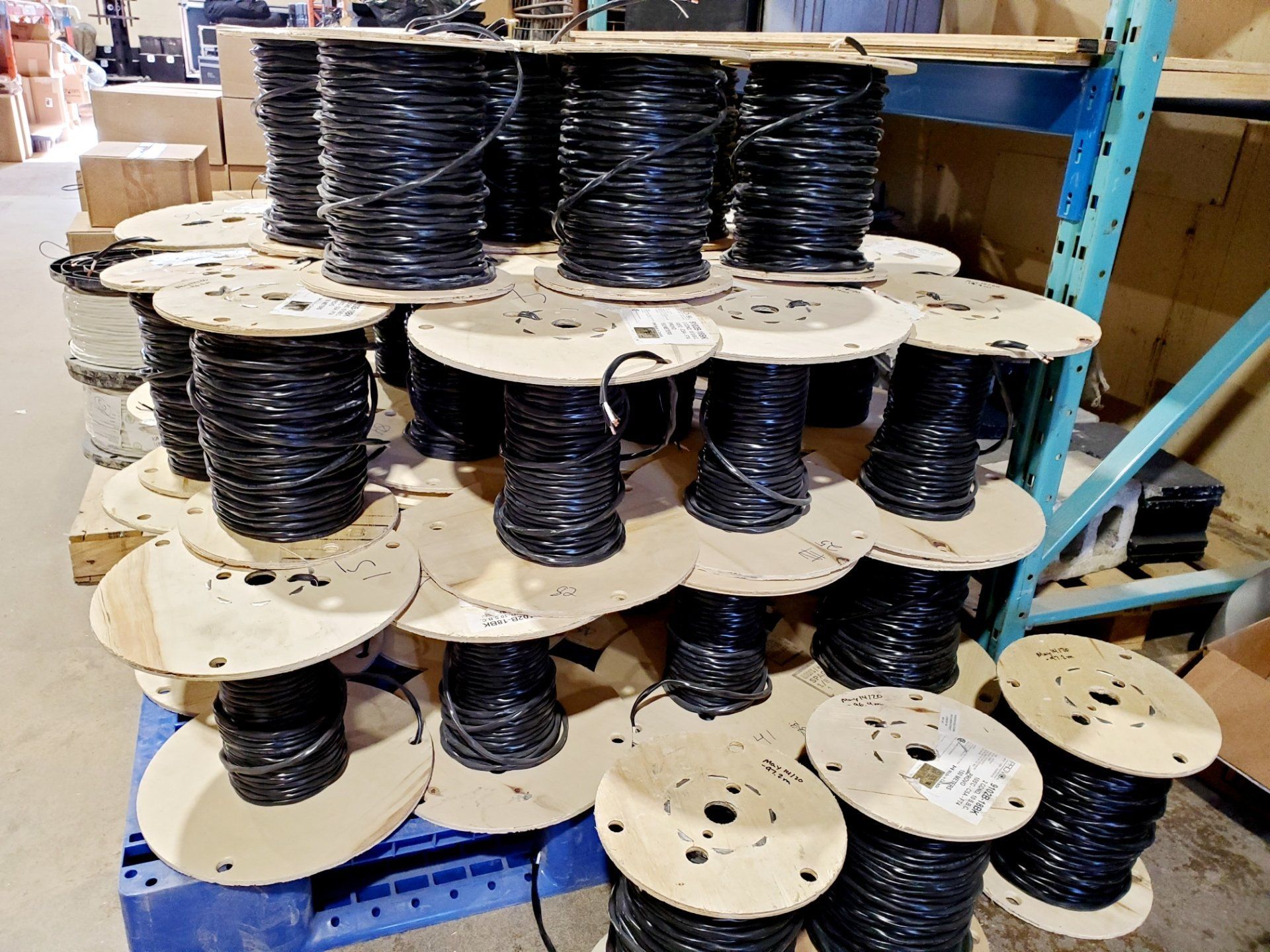Resources & Articles
Stay Connected with Industry Insights and Innovations
Explore our collection of posts and resources designed to help you connect to the industry. From the latest trends and expert advice to practical tools and innovative solutions, our blog is your go-to source for staying informed and engaged.

When it comes to procurement for professional audio, lighting, and video services, is it possible to balance the “best price” and “best service”? We think it is! Below are some insights that may help you navigate this challenge. The Challenge of Price-Driven Procurement Many municipalities and organizations are required to purchase from the vendor offering the lowest price. But is this approach always the best? As taxpayers, we want assurance that public money is being spent appropriately, and that there’s no room for favouritism or backdoor deals. The intent is good, but in practice, this system often results in a “bare bones” solution. The theory behind it is to guard against preferential treatment or collusion, ensuring that public funds are used responsibly. However, focusing solely on the lowest price can often result in solutions that are less than ideal.

It certainly has been different times dancing on Zoom for over 2 months. Now we are coming up on a new dance season. Everybody has different levels of confidence in returning to activities and that is perfectly fine. Some kids can not wait to get back in the studio. Some want to continue but would like to do so from home. Of course, depending on class size there may be a rotation where you spend two weeks in the studio and one week at home. Maybe you will dance in the studio like normal (with new physical distancing guidelines) but want to practice at home. With these new situations Rosco has made a kit version of their popular dance floor called the Marley Mat . The floor that is used in the Rosco Marley Mat is a lighter weight version of Adagio floor that we use in our studios. That makes it perfect for dancing at home for all types of dance including ballet, jazz, acro, lyrical and even tap . It will have the same feel and “speed” of the studio floor. Being a lighter weight material allows the floor to be rolled up when not in use and unrolled and used immediately. The Marley Mat kit can be purchased for $ 149.00 (price current as of July 2020) plus shipping and tax. The package comes with a 5’ 3” by 6’ section of black or grey floor, and a roll of tape that would allow you to lay down and tape the floor 5 times. Additional tape can be purchased. You can find and purchase the kit from StageStore at the following link. StageStore is a great supplier in Ontario of theatrical type products. https://www.stagestore.ca/product/rosco-marley-mat-kit/

Even with the proliferation of wireless systems, our entire industry runs on wire. Miles, or should I say kilometres of wire. But the truth is that we use a lot less than we used to. Back in the 1980’s we didn’t have digital audio snakes or DMX cables for lighting. And every video line was a coax cable or multiple coax bound together. A simple audio snake could be an inch in diameter for just a couple dozen channels. But that was then. We’ve come a long way in the last 30-40 years, but we still run a lot of wire. It’s just different now. So, how much wire does go into a world class theatre? For the last six months Horizon Solutions’ crew has been pulling wire into the new Tom Patterson Theatre in Stratford, Ontario to support the new Audio and Video systems. There is a lot of wire there. To be clear this wire does not include the lighting systems, nor does it include the cables that plug from plates into the pieces of equipment. Those are a completely different story.

As a kid we moved around a lot. My parents liked the change and my father was often looking for a new challenge with his work in IT. One of the things I have always remembered whenever we moved into a new home was how the house felt so hollow with no furniture, justblank walls and floors. It was even more noticeable in an empty bathroom. I remember my brothers and I standing in an empty bathroom hollering at the top of our lungs, listening to the echo. Although I had very little interest in sound or audio at 12 years old, I understood something about acoustics. When the shower curtain and bath towels were hung, the bathroom quickly went from being a cavern to a small room. The principals haven't really changed much over the years. The fact is, some rooms, for numerous reasons, have acoustic characteristics that make them much more reverberant than others. Sometimes it's the hard uncovered surfaces. Or it could be a tin-pan ceiling. More often than not it's the physical dimensions of the room, allowing for some frequencies to reflect for a long period of time before diminishing. One way to determine and quantify the "issue frequencies" is to play a frequency sweep within the space and then record the playback with a microphone in the room. What this does is provide us the ability to "hear" and analyse how the different frequencies are responding in the space. Using a measurement referred to as the RT60 we are able to determine which frequencies and to what extent each frequency is a problem. From there, we're able to take that information and determine how much acoustic treatment is required to bring the RT60 reverberation time down to a reasonable level.

Oh the world is a funny place these days. It seems that every business out there wants to be everything to everyone. You can buy a bar-b-q at the grocery store, clothes at a car dealership and scented candles at the hardware store. It's very confusing. Do you remember when clothing stores sold clothes and computer stores sold computers? And record stores sold more music than they did movies! Oh those were the days, when things made sense. I suppose some of these make sense. I mean the guy at the car dealership should know something about what to wear so you look good when you're driving a new car. And the grocer probably knows something about using a bar-b-q, right? This all brings us to the "closer to home" discussion, what does a guy who is a good guitar player know about sound systems? And is the musical instrument shop the best place to buy sound equipment? I could fill this page with all the reasons why buying a sound system from a musician is a bad idea and I could give you all kinds of examples of customers who've come in voicing regrets of purchases they've made because they bought the wrong thing or an inferior piece of gear because "it was a good deal and they had it in stock." But that seems like the wrong approach. Instead I'm hoping that between this post and our next we will be able to give you some insight into what it is that we do at Horizon and what makes our audio system designs different. A logical place to start. Every design begins with the client's needs. That might be surprising to some, but we never start with equipment, we start with a needs analysis. In some instances this begins on paper with a complete survey we go through with the client. In other cases it's simply a discussion around what your goals are, who the users are, how you need to use the system and what your expectations are regarding quality, longevity and value.
Free Educational Resources
The quality of products and equipment relies heavily on the user. Discover our free educational resources to enhance your understanding of industry equipment. Our technical topics aims to transform your technology experiences.
Get connected to industry technology, techniques and professionals
Resource Stage connects, educates and encourages technicians, operators, volunteers and 'weekend warriors' using technology to facilitate entertainment, learning and worship experiences.

Educational streams to help share technology in the school system
Join our monthly live streams on Facebook and YouTube! Discover expert tips and tricks on using your favourite school technology. We believe in shaping the minds of tomorrow, and these streams are here to help you make the most of your equipment.










